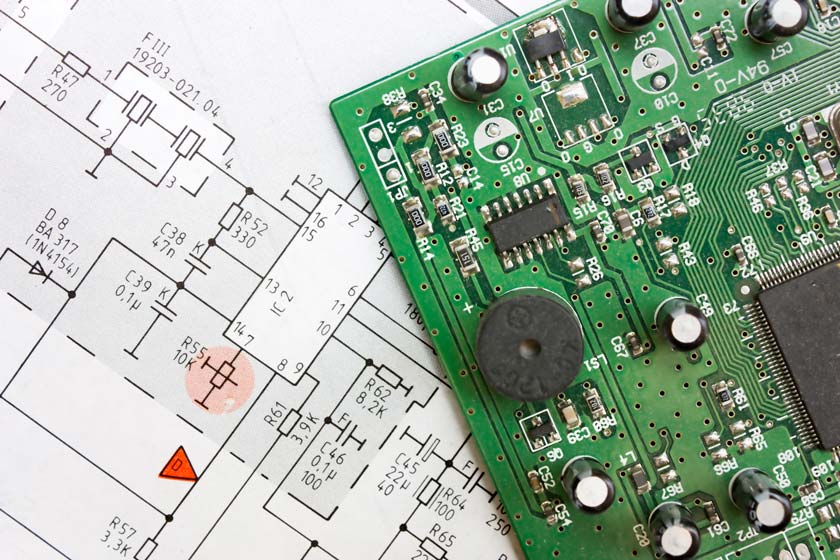Crazy Fun Facts about the Electronics Manufacturing Industry
Printed circuit boards are almost always green because they are made from a glass-epoxy, which is naturally green.
Flexible PCBs are built on flexible high-temperature plastic like Kapton.
Manufacturing floors need to be above 30 percent (rH) humidity or the solder paste dries out causing process issues.
Some manufacturers have mist machines, which humidifies the dry air during the winter months. The mist evaporates before it hits the ground.
The invention of the PCB is generally accredited to Paul Eisler, an Austrian inventor. Eisler developed the first PCB when working on a radio set in 1936.
The revenue of circuit board and electronic component manufacturing in the U.S. ranged at about $44 billion in 2014.
In 2015, there was a record 225 million placements done in the Vancouver BU.
The worldwide EMS market now accounts for almost 40 percent of all assembly.
Some SMT Machines are capable of placing 136,000 components an hour.
Creation Technologies’ first manufacturing facility in North Vancouver, Canada is now a bike shop.
According to Moore’s Law, microchips double in power every 18 to 24 months. Gordon E. Moore, a founder of Intel, proposed the concept in 1965.
Surface mount designed PCBs are up to one tenth of the size of through-hole circuits.
Walking across a carpet can generate up to 35,000 V of static electricity.
A Siemens SMT line can place a component as small as 01005 (0.4 mm x 0.2 mm) on a board. It is so tiny you would need a microscope to see it.
Manufacturers prefer LED lighting because it lasts longer and generates less heat.
A manufacturing facility requires 1000 lumens of lighting when doing PCB inspection or rework. Lighting is critical when it comes to PCB inspection.
Florecent lighting generates so much heat that manufacturing facilities need more HVAC systems in order to maintain a constant temperature inside the building.
Foxconn builds 540,000 iPhone units for Apple per day.
Electronics comprised 40% of car component costs in 2015.
Instead of wires, PCBs use copper traces to transport electrons.
50 V of static electricity is enough to compromise a small electronic device.
The EMS industry is expected to grow from $460 billion in 2014 to $621 billion in 2019.
An ESD Smock (jacket) can shield up to 3000 V of static.
The electronics industry dates to the 1800s, when scientists first discovered that they could pass electricity through gas from one metal electrode to another.
For any new product, around 70-80% of production costs come from decisions made during the design phase.
Women make up roughly 27 percent of the manufacturing workforce.
The revenue forecast for the EMS inustry in 2017 is $470 billion, which is more than Tonga’s GDP of $434 billion.


